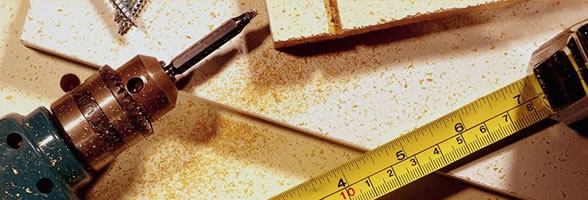10/06/2016 21:05
The tranh zither is also called the thap luc cam or sixteen-stringed zither. The tranh zither appeared in Viet Nam in the time of the Tran dynasty (12th-13th centuries).
It has a rectangular sounding box, about 110cm long that tapers about 13cm toward an end, with a warped sound board made of unvarnished light wood. The sides are made of hard wood decorated with various designs, either lacquered or inlaid with mother-of-pearl. The bottom is made of light wood with sound holes. The broader end of the sound box is pierced with 16 holes and reinforced with a metal band.
Toward the middle of the sound board there are 16 bridges made of wood or bone tipped with copper that can be moved to vary the tension of the strings, thus creating various notes. At the narrower end of the box are sixteen pegs for tuning. The strings are metal and tuned to the pentatonic scale.
The range of the tranh zither is about three octaves, from the notes C to C3. The player uses a...
10/06/2016 21:05
The 36-string zither is a percussion instrument. It has the shape of an isosceles trapezoid, with a slightly convex sound board made of light, porous, unvarnished wood.
The bridges and sides are made of hardwood. The bottom is flat. There are two staggered lines of 18 bridges on the sound board. The bridges on the left have hooks to which the strings are attached; those on the right have pegs for tuning. The strings are of metal.
Those on the left, numbering 18, are tuned as follows: C, D, E, F-sharp, G-sharp, A-sharp, C1, D1, El, F-sharp 1, G-sharp 1, A-sharp I, C2, D2, E2, F-sharp 2, G-sharp 2, A sharp 2.
The 18 strings on the right are tuned as follows: C-sharp, D-sharp, F, G, A, B, C-sharp 1, D-sharp 1, FI, GI, Al, B1, C-sharp 3, D-sharp 2, F2, G2, A2, B1.
The range of the instrument covers three octaves from C to B2. The strings are struck with two thin flexible bamboo sticks tipped with felt.
The playing technique includes a quick run, vibrato, stopping, and...
10/06/2016 21:04
The game of vieing for ball is a ritual in some festivals or a custom in others. Its names and rules can be different from locality to locality. It is an activity wishing for bumper crops of the peasants.
A round wooden ball, sometimes a coconut or grapefruit must undergo the ritual of presenting to god before being taken into game.
In the courtyard of the village communal house, two groups of youth wearing loincloths compete enthusiastically to vie for the ball to throw it at either a hole in the east or in the west amidst the boisterous sound of drums and cry of the audience. The winner is the side with higher number of times of throwing the ball at the other side’s hole.
In some places the hole is dug in the middle of the courtyard of the communal house. Some other localities require that the ball be thrown at a bottomless basket hung in a tree. Still some others set the rule that whichever side that can throw the ball at its own hole becomes the...

